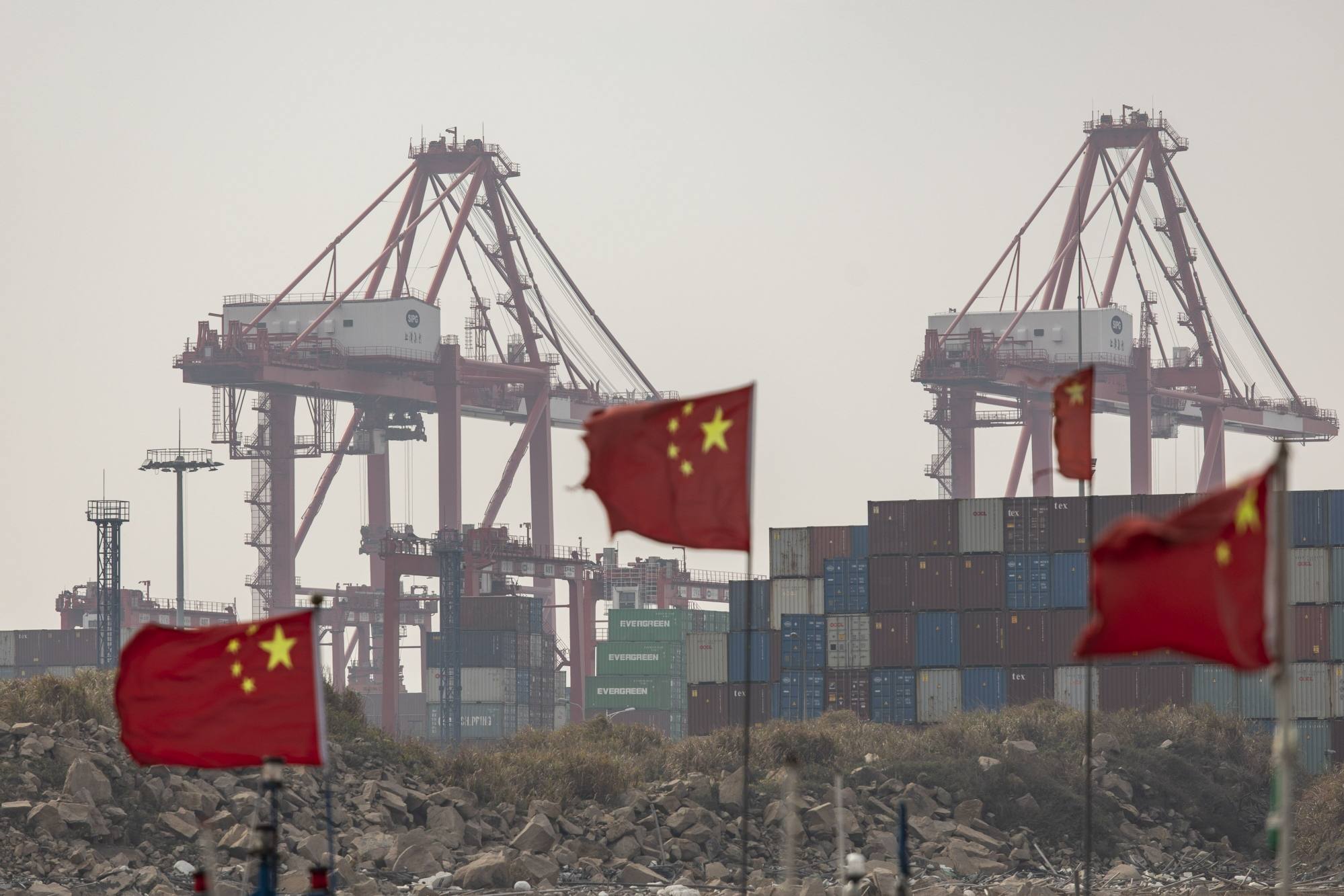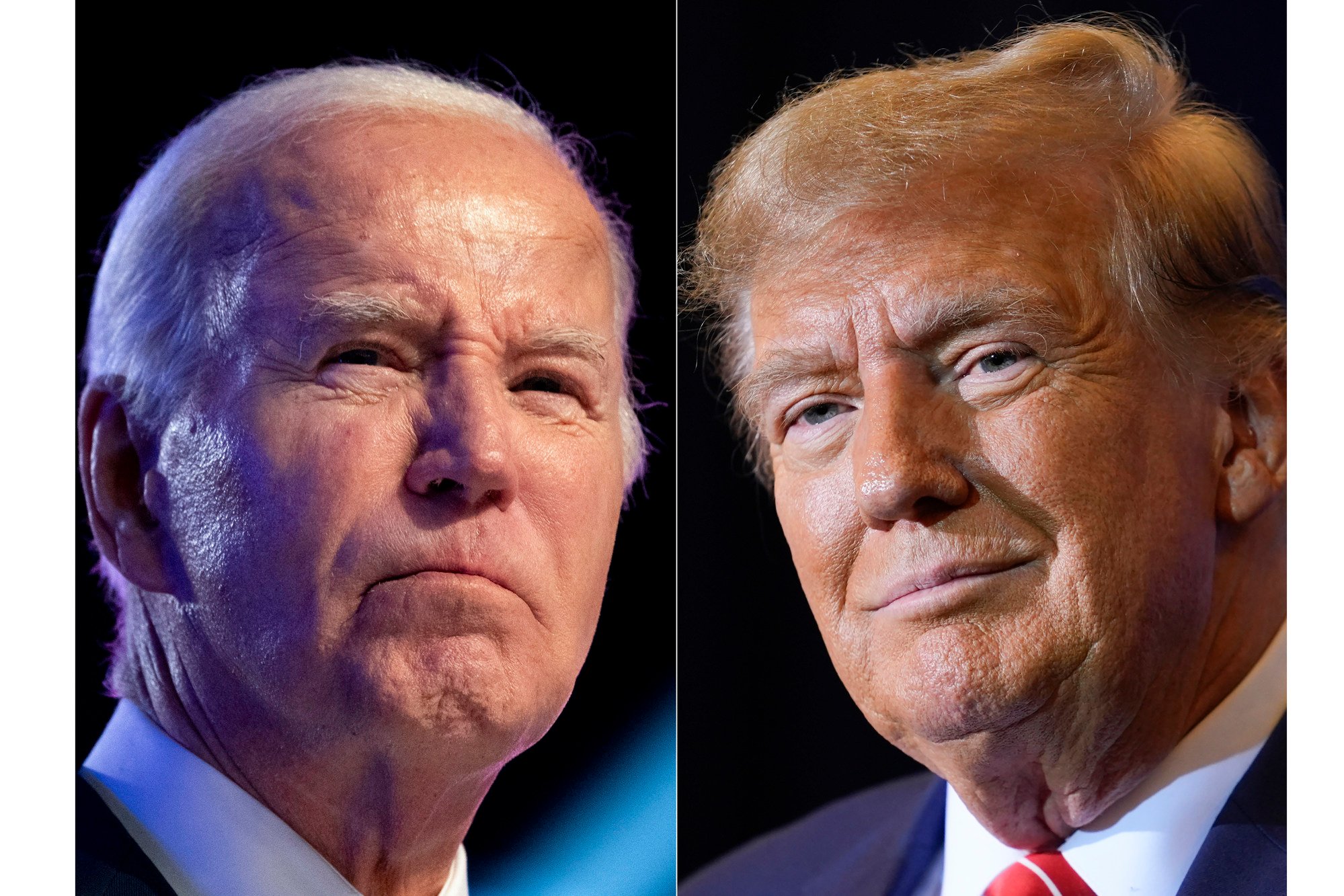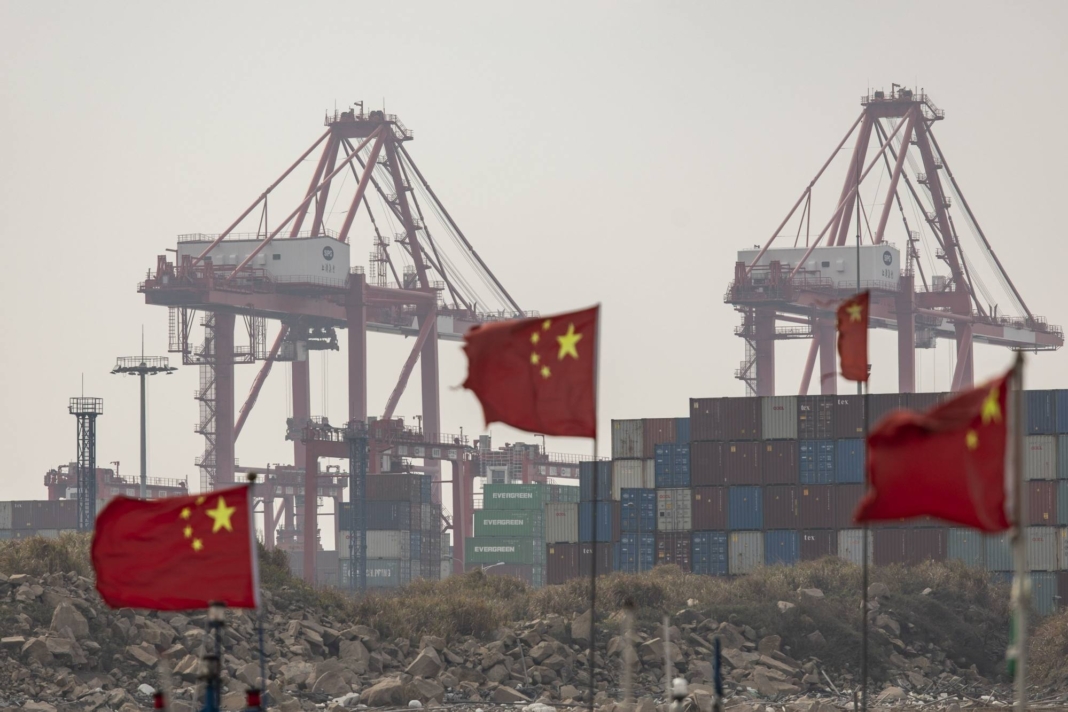China and the US are still more connected than almost any other pair of countries in the world in 2023 despite diminishing ties, but that scaling-down may accelerate this year amid US elections and regional conflicts, analysts have concluded.
While the world’s two largest economies have seen widespread drops in direct flows in terms of trade, capital, information and people in the past years, such shifts represent “less a decoupling and more a reduction of what had previously been an unusually high level of integration”, according to the DHL Global Connectedness Report 2024, which was released on Wednesday.
“The US and China entered the current period of tensions with an unusually high level of ties between them,” said Steven Altman, an author of the report and the director of the DHL Initiative on Globalisation at New York University.
China was dethroned as the top source of US imports in 2023, for the first time in 17 years, after being outpaced by Mexico, according to US Census Bureau data.

“The share of US imports coming from China now matches the share of the rest of the world’s imports coming from China,” Altman said, adding that “the data on direct US-China flows understate how connected these economies remain because of substantial increases in flows taking place via third countries”.
In several areas, the report found, the two countries remain more connected than one might expect given the vast geographic distance, along with their substantial institutional and cultural differences.
In 2023, researchers in the US still collaborated with partners in China on 12 per cent of their international publications, and the share of Chinese researchers working with US partners accounted for 17 per cent of their total international publications. Both figures are higher than the share of publications from research in the rest of the world developed with co-authors in the US, which is 8 per cent, or China, at 6 per cent, it said.
But the academic exchanges between Chinese and American researchers have also been increasingly shadowed by geopolitical tensions. Earlier this year, Florida International University confirmed it was severing several partnerships with Chinese universities, including a two-decades-old hospitality programme with the Tianjin University of Commerce.
No end to US trade war with China, Biden policy document signals
No end to US trade war with China, Biden policy document signals
The most likely scenario this year is a continuation of US-China ties gradually diminishing, Altman said.
“But a more rapid fraying of US-China ties could follow a significant escalation of tensions, with the US elections and conflicts raging in various parts of the world increasing the risk of a sudden spike in tensions,” he said.
“Regardless of whether current trends continue, accelerate, or even reverse, it is important to keep in mind that the US-China flows continue to be so large that in the absence of an extreme shock, a full decoupling remains very unlikely.”
New trade restrictions could be imposed in this US presidential election year as both political parties aim to demonstrate they are tougher on China, further intensifying bilateral trade relations, said Sheng Lu, an associate professor at the University of Delaware’s department of fashion and apparel studies.

In January, the volume of US apparel imports from China rebounded despite a ban on all imports from Xinjiang – a key cotton producer in China – surging 13.5 per cent from the month the previous year.
That led to China achieving a 39.7 per cent US market share in apparel imports – a nearly 7.4 percentage point increase from a year earlier, said Lu, citing data from the Office of Textiles and Apparel at the federal International Trade Administration.
The surge was accompanied by substantial declines in the price of “made in China”, as the unit price of US apparel imports from the country declined in January by 20.8 per cent compared to their average price in 2019, Lu said.
“With a weak domestic economy, China is increasingly ‘dumping’ cheap products to the world, threatening the survival of the US textile industry and garment suppliers in other countries,” Lu said.
“These contrasting and unusual trends provide narratives that could be used to justify a tougher US policy stance on China,” he said. “It seems unlikely that the current US trade barriers for products from China will be removed any time soon.”
Source: scmp.com



